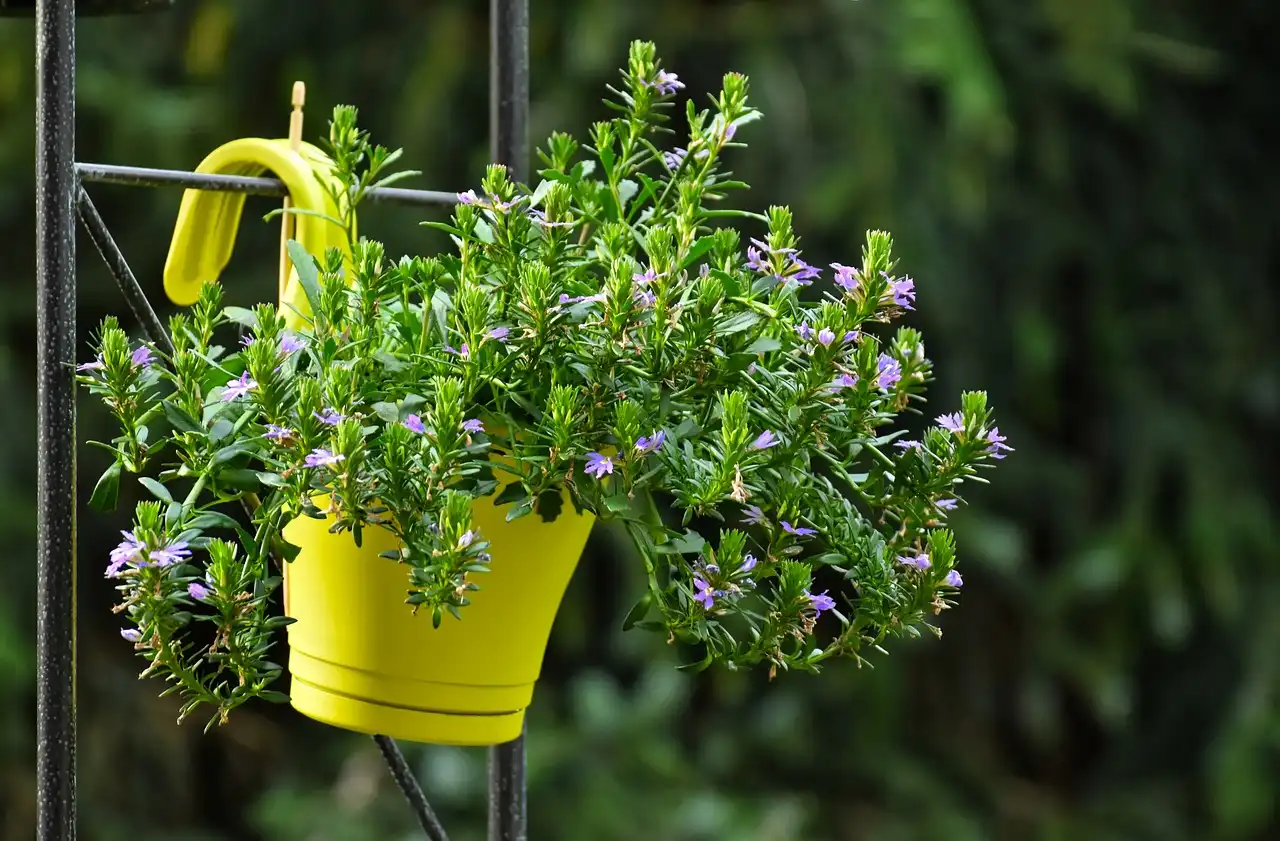Introduction:
In today’s fast-paced world, the importance of creating harmonious and productive indoor environments has never been greater. While factors like lighting, color, and layout are often considered in interior design, the role of indoor plants in shaping our psychological well-being is often overlooked. However, research has shown that incorporating greenery into indoor spaces can have profound effects on mood, productivity, and overall well-being.
The Influence of Nature on Human Psychology:
Humans have an innate connection to nature, known as biophilia, which suggests that we have an inherent desire to be surrounded by living organisms and natural elements. This connection to nature has been shown to have positive effects on mental health, reducing stress, anxiety, and depression. In indoor environments, where we spend the majority of our time, bringing elements of nature indoors can help bridge the gap between the built environment and the natural world.
The Impact of Indoor Plants on Mood:
Numerous studies have demonstrated the mood-enhancing effects of indoor plants. The presence of greenery has been shown to evoke feelings of calmness, relaxation, and happiness. One study found that participants exposed to indoor plants reported lower levels of stress and anxiety compared to those in environments without plants. Additionally, the color green, commonly associated with plants, has been shown to have a soothing effect on the mind, promoting feelings of peace and tranquility.
Enhancing Productivity with Indoor Plants:
In addition to improving mood, indoor plants have been shown to boost productivity and cognitive performance. Research conducted in office settings has found that employees working in environments with plants reported higher levels of concentration, creativity, and overall job satisfaction. The presence of indoor plants has also been linked to faster recovery times from mental fatigue and improved attentional capacity, making them valuable assets in both professional and educational settings.
Subheading: The Mechanisms Behind the Benefits
While the psychological benefits of indoor plants are well-documented, the mechanisms behind these effects are still being studied. One theory suggests that exposure to nature, even in the form of indoor plants, activates the parasympathetic nervous system, triggering the body’s relaxation response and reducing physiological markers of stress. Additionally, the act of caring for indoor plants can foster a sense of responsibility and purpose, providing individuals with a sense of accomplishment and fulfillment.
Subheading: Designing with Greenery in Mind
Integrating indoor plants into interior design can be a powerful tool for creating spaces that promote well-being and productivity. When incorporating plants into indoor environments, consider factors such as lighting, placement, and maintenance requirements. Choose plant varieties that are well-suited to the lighting conditions of your space, and strategically place them in areas where they will be most visible and accessible. Additionally, consider the aesthetic impact of plants and how they can complement other elements of your design scheme.
Conclusion:
In conclusion, the psychology of indoor plants reveals the profound impact that greenery can have on mood and productivity. By bringing elements of nature indoors, we can create spaces that foster feelings of calmness, creativity, and well-being. Whether in the home, workplace, or educational setting, the presence of indoor plants offers a simple yet effective way to enhance our mental and emotional health, ultimately leading to happier, more productive lives.

